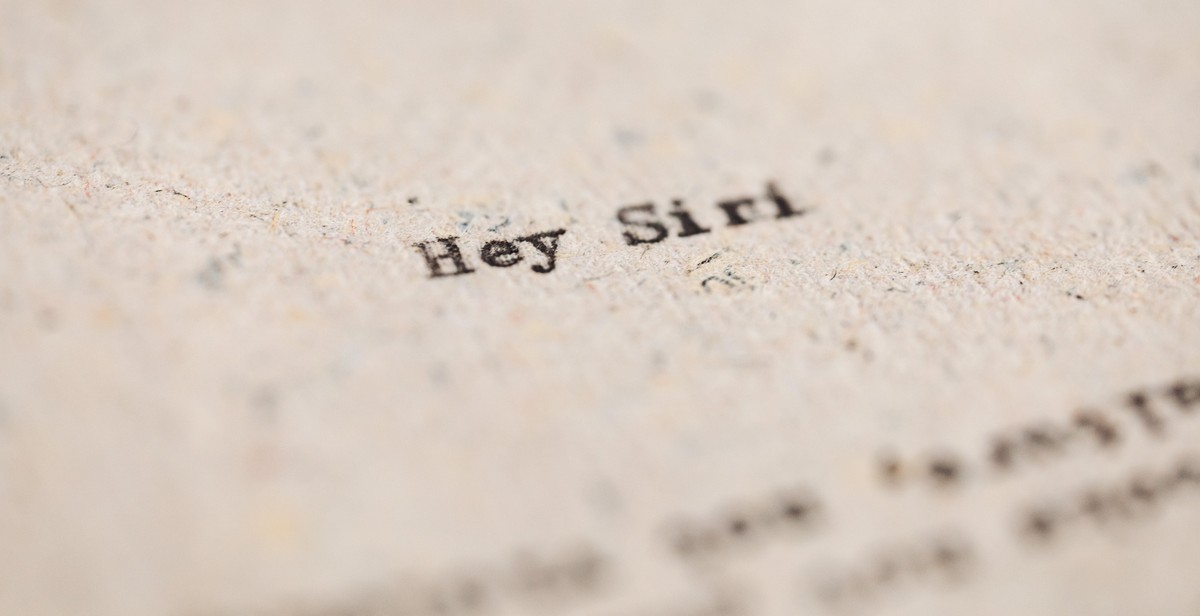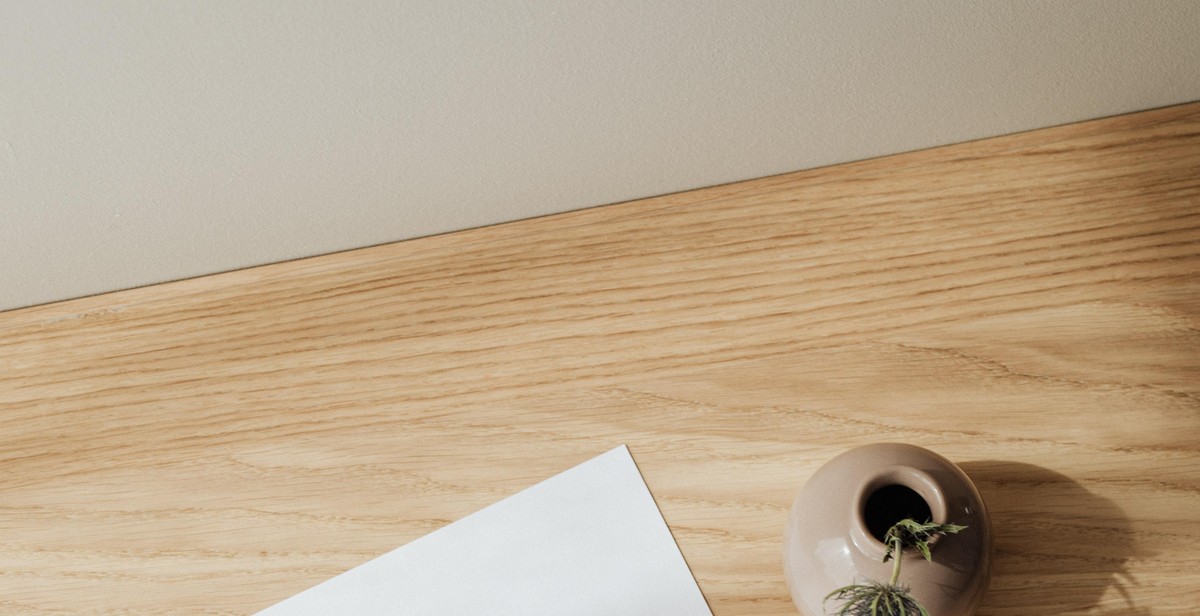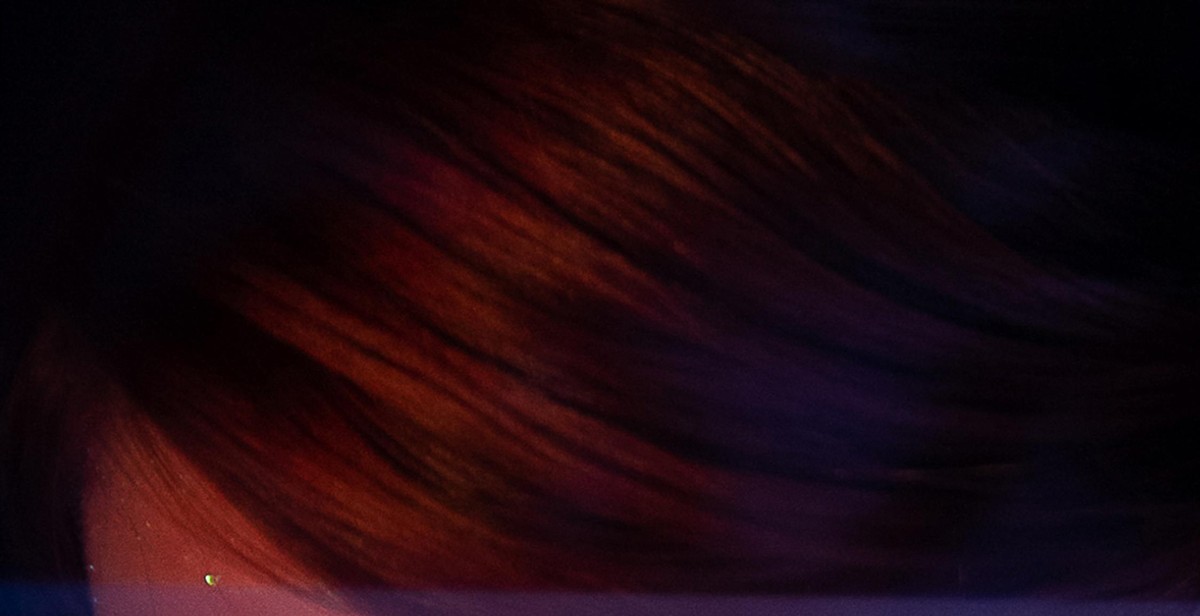How to Design a Typographic Resume: Showcasing Your Skills and Personality
A resume is the first impression you make on a potential employer. It is your opportunity to showcase your skills and personality. A well-designed resume can help you stand out from other applicants and land your dream job. In today’s digital age, a typographic resume has become increasingly popular.
Why a Typographic Resume is Important
A typographic resume is a visually appealing document that showcases your skills and experience in a creative and unique way. It uses typography, color, and design elements to make your resume stand out from the crowd. A typographic resume is important because it:
- Grabs the attention of potential employers
- Highlights your skills and experience in a visually appealing way
- Demonstrates your creativity and design skills
- Shows your attention to detail
What is a Typographic Resume
A typographic resume is a document that uses typography, color, and design elements to showcase your skills and experience. It is a visual representation of your professional accomplishments and qualifications. A typographic resume can include infographics, charts, and other design elements to make your resume stand out. It is important to keep in mind that while a typographic resume should be visually appealing, it should also be easy to read and understand.

Choosing the Right Fonts
When it comes to designing a typographic resume, choosing the right fonts is crucial. The fonts you choose can have a significant impact on the overall look and feel of your resume, as well as how it is perceived by potential employers. Here are some tips for choosing the right fonts:
Understanding Font Families
Before you start choosing fonts for your resume, it’s essential to understand font families. A font family is a group of fonts that share similar design elements. For example, Arial and Helvetica are both members of the sans-serif font family, which is characterized by clean, modern lines.
There are four main font families: serif, sans-serif, script, and display. Serif fonts have small lines or flourishes at the ends of each letter, while sans-serif fonts do not. Script fonts look like handwriting, and display fonts are designed to be used in headlines or other large text.
Choosing a Font that Reflects Your Personality
Your resume is a representation of you, so it’s essential to choose a font that reflects your personality. If you’re creative and artistic, you might consider a more playful font, such as Comic Sans or Brush Script. If you’re more traditional and professional, a classic font like Times New Roman or Garamond might be a better choice.
It’s also important to consider the industry you’re applying to. Some industries, such as graphic design or advertising, may be more open to creative and unconventional fonts, while others, such as law or finance, may require a more traditional approach.
Combining Fonts for Maximum Impact
Using multiple fonts can add visual interest to your resume, but it’s important to use them carefully. Stick to two or three fonts at most, and make sure they complement each other. For example, you might use a sans-serif font for your headings and a serif font for your body text.
When combining fonts, it’s also important to pay attention to font size and spacing. Make sure your fonts are easy to read and don’t overlap or clash with each other.
| Font Family | Characteristics |
|---|---|
| Serif | Small lines or flourishes at the ends of each letter |
| Sans-serif | Clean, modern lines |
| Script | Looks like handwriting |
| Display | Designed for headlines or other large text |
By understanding font families, choosing a font that reflects your personality, and combining fonts for maximum impact, you can create a typographic resume that showcases your skills and personality in the best possible light.

Layout and Hierarchy
When designing a typographic resume, it’s important to create a clear hierarchy that guides the reader’s eye through the content. This means using typography and layout to emphasize the most important information and create a visual hierarchy that makes it easy for the reader to quickly understand your skills and experience.
Creating a Clear Hierarchy
To create a clear hierarchy, you should use typography to differentiate between different types of information. For example, you might use a larger font size or a bold typeface for your name and section headings, and a smaller font size for the body text. You might also use different font styles or colors to highlight specific information, such as your job titles or key skills.
Using White Space Effectively
Another important aspect of creating a clear hierarchy is using white space effectively. White space, or the empty space around your text and images, can help to create a sense of balance and organization on your resume. By using white space to separate different sections and group related information together, you can make your resume easier to read and navigate.
Choosing the Right Layout for Your Content
Finally, it’s important to choose the right layout for your content. There are many different types of resume layouts to choose from, including chronological, functional, and combination formats. Each layout has its own strengths and weaknesses, so it’s important to choose one that best showcases your skills and experience.
- A chronological layout is best for highlighting a consistent work history and career progression.
- A functional layout is best for showcasing your skills and experience in a particular field, regardless of when you acquired them.
- A combination layout is best for highlighting both your skills and your work history in a balanced way.
Ultimately, the right layout for your resume will depend on your individual needs and preferences. By using typography and white space effectively, and choosing the right layout for your content, you can create a typographic resume that showcases your skills and personality in the best possible light.

Color and Contrast
Color can be a powerful tool in enhancing your typographic resume. It can help to establish a visual hierarchy, draw attention to key information, and showcase your personality. However, it’s important to use color strategically and sparingly. Here are some tips for using color effectively:
Using Color to Enhance Your Resume
When choosing colors for your resume, think about the emotions and associations that different colors evoke. For example, blue is often associated with professionalism and trustworthiness, while red can convey passion and energy. Consider using colors that align with your personal brand and the industry you’re applying to.
Choosing a Color Palette that Works for You
Once you’ve identified the colors you want to use, create a color palette that works together harmoniously. Use a tool like Adobe Color or Coolors to generate a palette, or choose colors that are complementary or analogous. Be sure to choose colors that are legible and don’t clash with each other.
Creating Contrast for Maximum Impact
Contrast refers to the difference between two elements, such as light and dark or bold and regular type. Using contrast can help to create visual interest and emphasize important information. Consider using contrast in your resume by:
- Using a bold font for headings and a regular font for body text
- Using a darker color for your name and contact information
- Using a lighter color for secondary information, such as dates or job titles
- Using a different color or font weight for key accomplishments or skills
By using color and contrast effectively, you can create a visually appealing and memorable typographic resume that showcases your skills and personality.

Adding Personality
While showcasing your skills and experience is essential in a typographic resume, adding personality is equally important. Personal touches can help you stand out from the competition and leave a lasting impression on potential employers.
Using Graphics and Icons to Enhance Your Resume
Graphics and icons are a great way to add visual interest to your resume. They can be used to highlight your skills, achievements, and personal interests. For example, if you’re a graphic designer, you could use icons to showcase your proficiency in different design software or display your portfolio.
When using graphics and icons, make sure they are relevant to your industry and add value to your resume. Avoid using too many graphics or making them too large, as they can distract from the content of your resume.
Incorporating Your Brand into Your Resume
Your resume is an extension of your personal brand, so it’s important to incorporate your brand into your design. This can be achieved through the use of consistent colors, fonts, and design elements that reflect your personal style and industry.
For example, if you’re a marketing professional, you could use a color scheme that reflects your company’s branding or use a font that is commonly used in the industry. This will help establish your personal brand and make you more memorable to potential employers.
Adding Personal Touches to Stand Out
In addition to using graphics and incorporating your brand, adding personal touches can help you stand out from other candidates. This could include a personal statement, a photo, or a unique design element that reflects your personality.
For example, if you’re applying for a creative position, you could use a unique design element that showcases your creativity or include a personal statement that highlights your passion for the industry.
- Use personal touches sparingly and make sure they are relevant to your industry and position
- Avoid including personal information that could be considered discriminatory, such as your age, race, or religion
- Make sure your personal touches are professional and appropriate for a job application
By incorporating graphics, your personal brand, and personal touches, you can create a typographic resume that showcases your skills, experience, and personality. Remember to keep your design clean and professional and tailor your resume to the position you’re applying for.

Conclusion
Designing a typographic resume is a great way to showcase your skills and personality in a unique way. By carefully choosing fonts, colors, and layout, you can create a visually appealing document that stands out from the crowd. However, it’s important to remember that your resume should still be easy to read and understand, so don’t get too carried away with fancy design elements.
When creating your typographic resume, be sure to consider the job you’re applying for and tailor your design to fit the industry and company culture. For example, a creative field like graphic design or advertising may allow for more bold and experimental design choices, while a more traditional field like finance or law may require a more conservative approach.
Remember to include all the necessary information, such as your education, work experience, and skills, and organize it in a clear and logical way. Use headings and subheadings to break up the content and make it easy to scan for important information.
Finally, make sure to proofread your resume carefully and have someone else review it as well. A typo or grammatical error can quickly turn off a potential employer and undermine all your hard work.
With these tips in mind, you can create a typographic resume that showcases your skills and personality while still being professional and easy to read.
